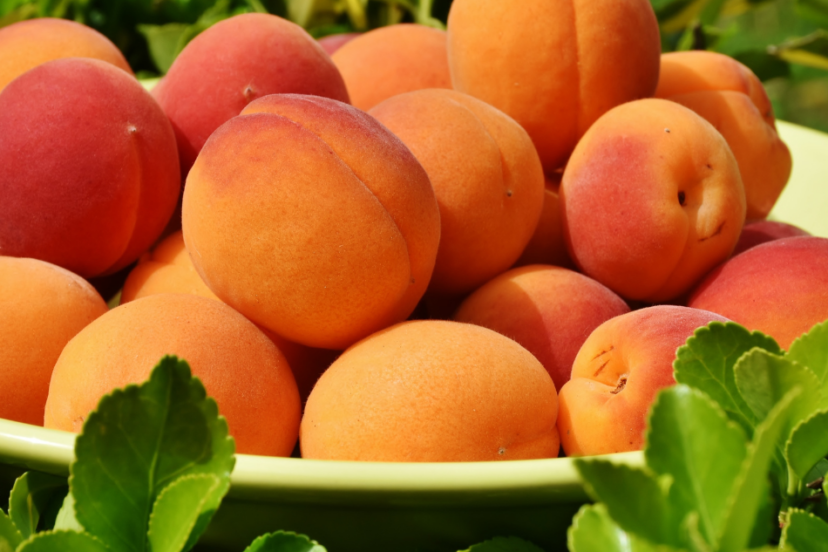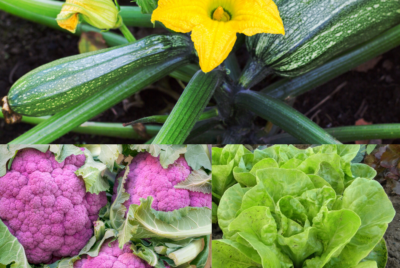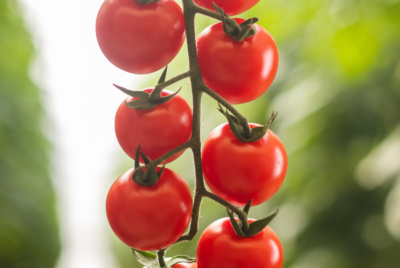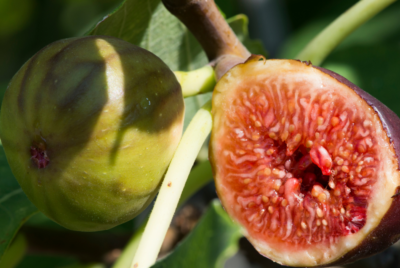Grow Apricot Trees In Pots
There’s nothing quite like the satisfaction of growing your own apricot tree at home, even if you’re limited on space. This comprehensive guide will take you through each step of the process, from planting apricot seeds to caring for the tree as it grows in a pot, all the way to harvesting sweet, juicy apricots. Learn about imperative care tips and potential challenges you might face along the way, ensuring a successful harvest of your very own home-grown apricots.
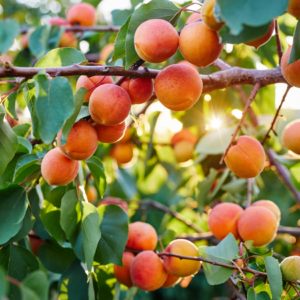
Key Takeaways:
- Choose the right container: Select a large pot with good drainage to ensure healthy apricot tree growth.
- Use quality soil: Opt for well-draining soil mix rich in organic matter to promote healthy root development.
- Provide adequate sunlight: Place your potted apricot tree in a sunny location, receiving at least 6-8 hours of sunlight daily.
- Water consistently: Maintain soil moisture by watering regularly, especially during hot weather to prevent drying out.
- Fertilize appropriately: Feed your apricot tree with balanced fertilizer during the growing season to promote fruit production.

Exploring Types of Apricot Trees for Pot Growing
The apricot tree is a beautiful addition to any garden, and it’s a fruit that many people enjoy. If you’re limited on space or live in an urban area, you might think that growing apricot trees is impossible. However, with the right variety and a bit of care, you can successfully grow apricot trees in pots. When choosing an apricot tree for pot growing, consider the size of the tree, its fruiting capabilities, and whether it is self-pollinating.
Dwarf Varieties
With advancements in breeding, there are now dwarf varieties of apricot trees that are perfect for growing in pots. These trees are smaller in size, making them ideal for smaller spaces. They still produce plenty of fruit and can thrive in a container with the right care.
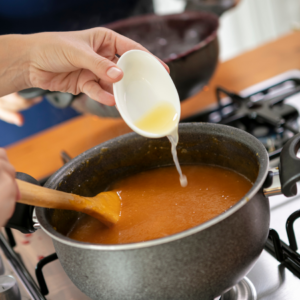
Self-Pollinating Types
Many apricot trees require cross-pollination with another tree to produce fruit. However, there are self-pollinating types available that can produce fruit without the need for a second tree. This is very convenient for container gardening, as you only need one tree to enjoy delicious apricots.
Now, self-pollinating apricot trees are a great option for pot growing, especially if you have limited space. These trees are convenient and produce fruit without the need for a companion tree. Consider varieties like ‘Moorpark’ or ‘Goldcot’ for a successful pot-growing experience.
| Apricot Trees | Details |
| Dwarf Varieties | Smaller size, ideal for pots |
| Self-Pollinating Types | No need for a second tree |
| Convenient | Easy to grow in containers |
| Delicious Fruit | Ripe apricots for enjoyment |
| Fruit Production | Regular yields with proper care |
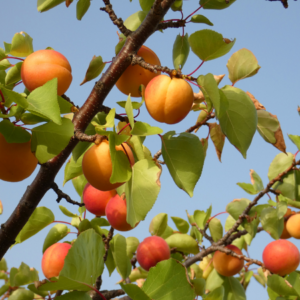
Essential Factors for Success
Any successful cultivation of apricot trees in pots requires careful attention to several key factors. Here are some necessary considerations to ensure a flourishing harvest:
- Choosing the Right Soil: Select a well-draining potting mix rich in organic matter.
- Sunlight and Temperature Needs: Ensure your apricot tree receives ample sunlight and is protected from extreme temperatures.
- Watering and Drainage Considerations: Monitor soil moisture levels and provide adequate drainage to prevent root rot.
After considering these factors, you’ll be well on your way to a successful apricot tree harvest!
Choosing the Right Soil
Soil selection is crucial for apricot tree cultivation in pots. Opt for a well-draining potting mix to prevent waterlogging and root rot, while also providing necessary nutrients for growth.
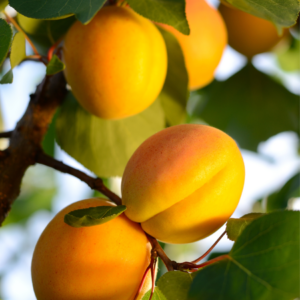
Sunlight and Temperature Needs
| Sunlight | Temperature |
| Apricot trees require full sun exposure for optimal growth. | They thrive in temperate climates but can withstand some cold weather. |
Right exposure to sunlight is necessary for apricot trees to produce healthy fruits. Ensure your tree receives at least 6-8 hours of direct sunlight daily and protect it from harsh temperatures to prevent stress.
Watering and Drainage Considerations
One critical aspect of caring for apricot trees in pots is maintaining proper soil moisture levels. Ensure the pot has good drainage to avoid waterlogged roots, and water consistently to keep the soil moist but not soggy.
Watering plays a key role in the successful growth of apricot trees. Striking the right balance between keeping the soil consistently moist without overwatering is crucial for healthy root development and fruit production.

Step-by-Step Guide to Growing Apricot Trees in Pots
| Planting Your Apricot Tree | Ongoing Care and Maintenance |
| There’s nothing quite like the satisfaction of planting your own apricot tree. Choose a well-draining pot, fill it with nutrient-rich soil, and plant the apricot pit 1-2 inches deep. Keep the soil consistently moist but not waterlogged, and place the pot in a sunny spot. | Assuming you’ve followed the planting steps correctly, ongoing care is vital for a healthy apricot tree. Provide regular watering, especially during dry spells, and fertilize with a balanced fertilizer in the spring. Prune in late winter to promote growth and remove dead or diseased branches. |
Planting Your Apricot Tree
There’s nothing quite like the satisfaction of planting your own apricot tree. Choose a well-draining pot, fill it with nutrient-rich soil, and plant the apricot pit 1-2 inches deep. Keep the soil consistently moist but not waterlogged, and place the pot in a sunny spot.
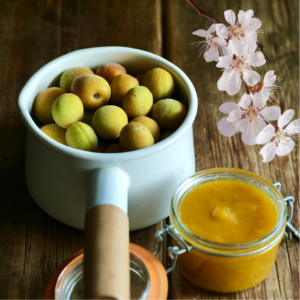
Ongoing Care and Maintenance
Assuming you’ve followed the planting steps correctly, ongoing care is vital for a healthy apricot tree. Provide regular watering, especially during dry spells, and fertilize with a balanced fertilizer in the spring. Prune in late winter to promote growth and remove dead or diseased branches.
Apricot trees are susceptible to pests and diseases, so keep an eye out for any signs of trouble. Regularly inspect the leaves and fruit for any abnormalities and treat promptly if necessary. With proper care and attention, your apricot tree will reward you with delicious, juicy apricots season after season.
Tips and Tricks for a Healthy Apricot Tree
Unlike other fruit trees, apricot trees require specific care to thrive in a pot. Here are some tips and tricks to ensure your tree is healthy and productive:
- Choose the right pot size: Ensure your apricot tree has enough space for growth.
- Sunlight: Place your tree in a sunny spot to encourage fruit production.
- Watering: Keep the soil consistently moist, but not waterlogged.
- Fertilization: Use a balanced fertilizer to promote healthy growth and fruit development.
- Pruning: Regularly prune your tree to maintain its shape and encourage airflow.
This will help you enjoy a bountiful harvest of delicious apricots.
Fertilization Secrets
Clearly, fertilization plays a crucial role in the health of your apricot tree. Using a well-balanced fertilizer will provide the necessary nutrients for optimal growth and fruit production. Remember to follow the recommended dosage instructions to avoid over-fertilization, which can harm the tree.
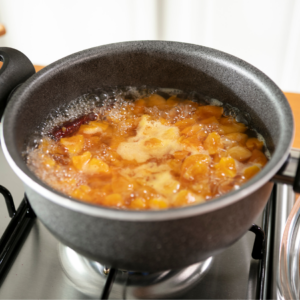
Pruning and Disease Management
Assuming you want to keep your apricot tree healthy and thriving, regular pruning and disease management are necessary. Pruning helps to remove dead or diseased branches, improving airflow and sunlight exposure to the tree. Inspecting your tree regularly for signs of disease and treating them promptly will help prevent any major issues.
Fertilization, along with proper pruning and disease management, are key aspects of caring for your apricot tree. With the right attention and care, your tree will reward you with abundant harvests of delicious apricots.
The Pros and Cons of Growing Apricot Trees in Pots
Once again, it’s time to weigh the advantages and challenges of growing apricot trees in pots. Below is a breakdown of the pros and cons in this table:
| Advantages | Challenges |
| Portability | Limited root space |
| Control over soil quality | Regular watering required |
| Protection from pests | Potential for root-bound trees |
| Ability to move indoors in harsh weather | Prone to temperature fluctuations |
| Less susceptible to soil-borne diseases | Root damage during repotting |
Advantages of Potted Apricot Trees
Potted apricot trees offer portability and the convenience of being able to control the soil quality easily. They can also be protected from pests and moved indoors during severe weather conditions, providing protection and flexibility.

Challenges to Consider
While considering potted apricot trees, it is crucial to be aware of the limited root space they offer. Regular watering is a crucial requirement, along with the potential for root-bound trees. They are also susceptible to temperature fluctuations, and root damage during repotting is a valid concern.
Growing apricot trees in pots can be a rewarding experience with the right care and attention to their needs. Being prepared for the challenges mentioned above will help you successfully nurture your apricot tree to harvest.
To wrap up
On the whole, growing apricot trees in pots can be a rewarding experience. With the right care and attention, you can enjoy a bountiful harvest of delicious apricots right from your own backyard. Remember to provide ample sunlight, water, and nutrients to your tree, and don’t forget to prune and protect it from pests. By following the steps outlined in this guide, you’ll be well on your way to cultivating a thriving apricot tree in a pot. Happy gardening!

FAQ
Q: What are the benefits of growing apricot trees in pots?
A: Growing apricot trees in pots allows you to easily move them to ideal sunlight locations, control soil conditions, and enjoy fresh apricots even in small spaces like balconies or patios.
Q: When is the best time to plant apricot seeds in a pot?
A: The best time to plant apricot seeds in a pot is during the spring months after the last frost has passed. This will give the seeds a good start in warmer weather.
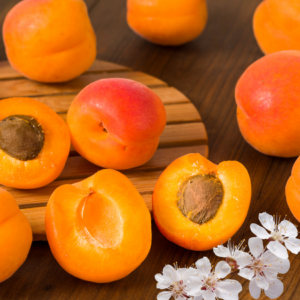
Q: How often should I water my apricot tree in a pot?
A: Apricot trees in pots should be watered regularly, especially during hot and dry weather. Check the soil moisture levels often and water when the top inch of soil feels dry to the touch.
Q: Do apricot trees in pots need fertilizer?
A: Yes, apricot trees in pots will benefit from a balanced fertilizer during the growing season. Use a slow-release fertilizer or organic compost to provide vital nutrients for healthy growth.
Q: How can I protect my potted apricot tree from pests and diseases?
A: To protect your potted apricot tree from pests and diseases, regularly inspect the leaves and fruit for any signs of infestation. Consider using organic pest control methods and maintaining good air circulation around the tree.
Q. Can dogs eat apricots?
A. Yes, dogs can eat apricots, but with caution. The flesh of the apricot is safe in small amounts and can provide vitamins and fiber. However, the pit, leaves, and stem contain cyanide, which is toxic to dogs. Make sure to remove the pit and any other non-flesh parts before offering apricots to your dog. Additionally, too much apricot flesh can cause gastrointestinal upset. Always introduce new foods gradually and consult your vet if you have any concerns.
Growing Lime Trees in Pots with These Proven Methods
Unlocking Secrets to Grow Fig Trees In Pots
Tips for Growing Tangerine Trees
Growing Cherry Trees in Pots – Everything you Need to Know
Top Tips for Peach Trees in Pots
Grow more Basil Than You Can Possibly Eat!


